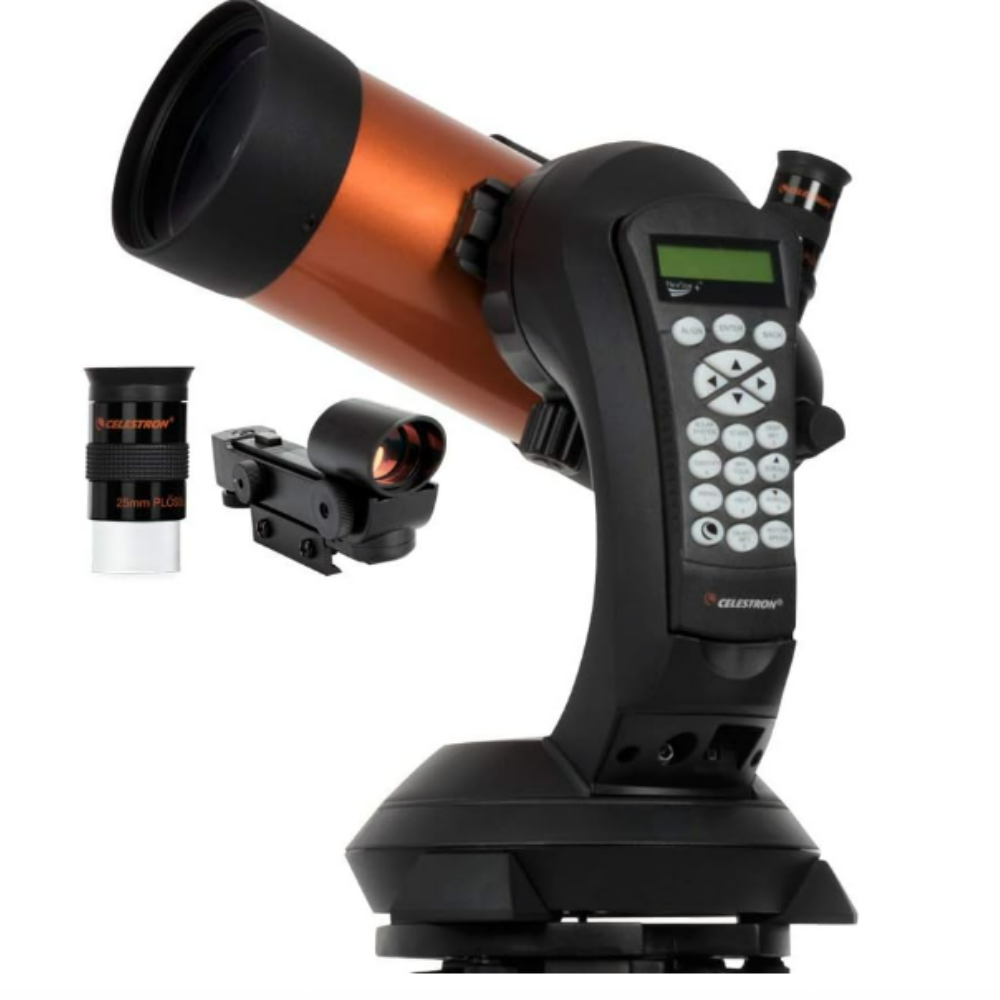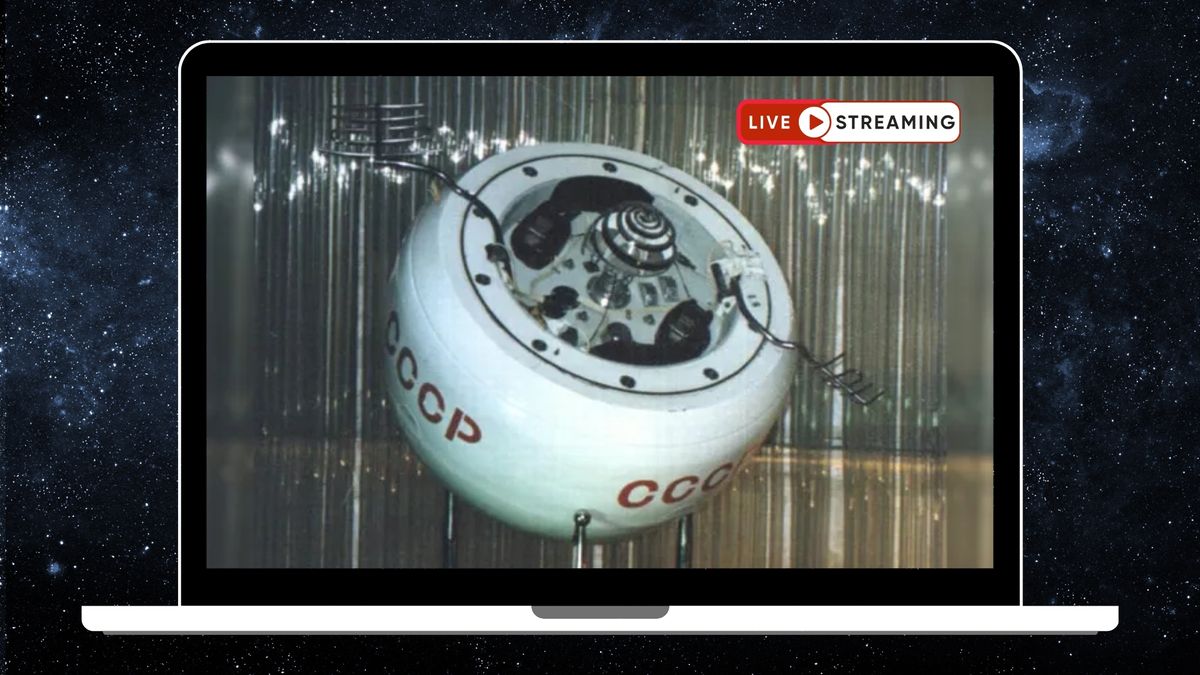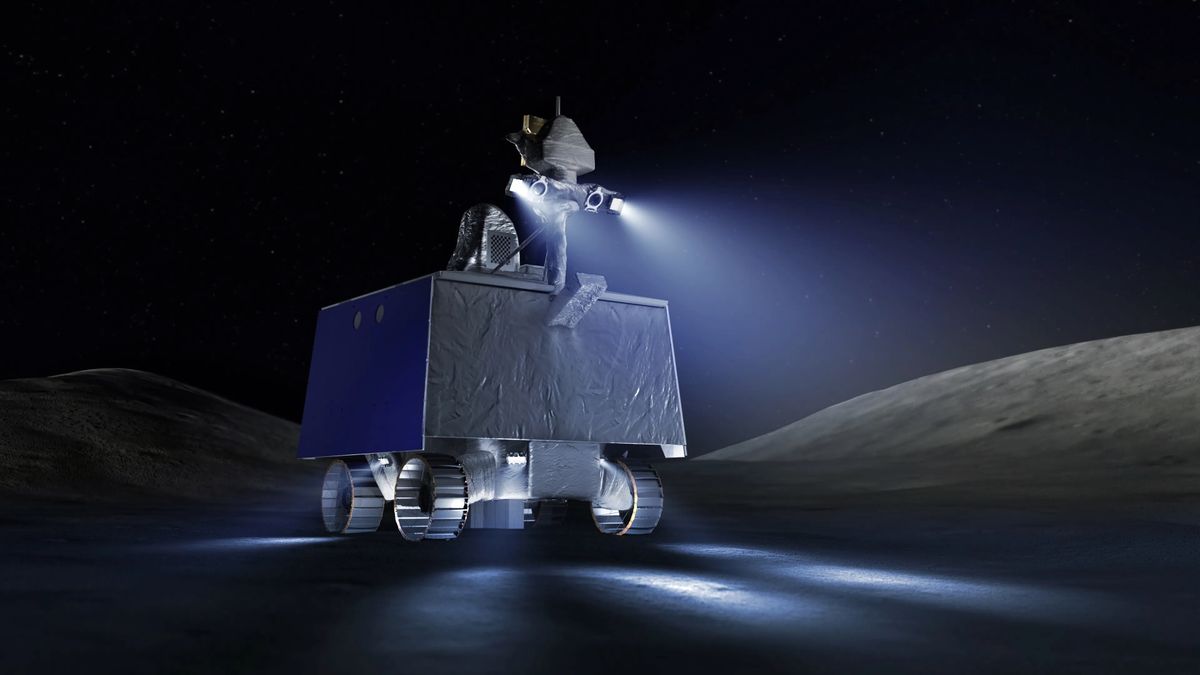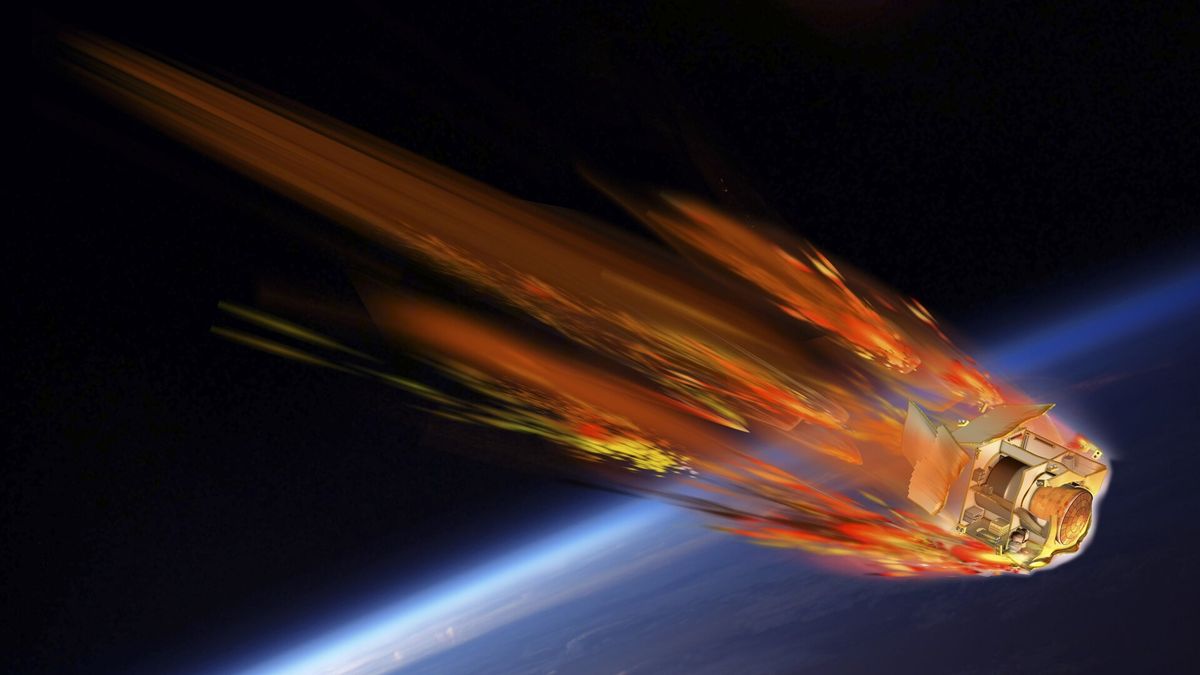Potentially Hazardous Asteroid 2002 JX8 close encounter and (4) Vesta: online observation – 8 May 25 - YouTube

On May 9, a stadium-sized potentially hazardous asteroid will pass by Earth, and you can watch the flyby happen in real time courtesy of a livestream from The Virtual Telescope Project.
The main belt asteroid 612356 2002 JX8 is estimated to have a diameter of 950 feet (290 meters) according to NASA, and will pose absolutely no threat to Earth during its 2025 flyby.
The Virtual Telescope Project's YouTube channel will go live at 4:30 p.m. EDT (20:30 GMT) on May 9, just a few hours before 2002 JX8 makes its closest approach to Earth at (11:02 GMT). The stream will also show views of the asteroid Vesta, which reached opposition on May 2, and is still relatively bright in the night sky.
TOP TELESCOPE PICK:

Want to explore the solar system with your own eyes? The Celestron NexStar 4SE is ideal for beginners wanting quality, reliable and quick views of celestial objects. For a more in-depth look at our Celestron NexStar 4SE review.
"We did follow-up observations of the Potentially Hazardous Asteroid (612356) 2002 JX8, slowly approaching our planet: on 9 May 2025, it will safely come as close as 4.2 millions of km [(2.6 million miles)] from us, 10.9 times the average lunar distance," wrote Gianluca Masi, founder of The Virtual Telescope Project in a recent blog post. "We will show it live!"
Masi's organization has successfully captured several images of 2002 JX8 in the run up to its May 9 flyby, in which the asteroid appears as a distinct dot of light that could be seen shifting position relative to the stars behind it. The Virtual Telescope Project offers free online observing sessions for the public for asteroid flybys and similar events, as well as access to individual robotic telescopes.
Potentially hazardous asteroids (PHAs) such as 2002 JX8 are categorized as such based on their brightness (magnitude +22.0 or lower/brighter) and their ability to perform a "threatening close approach to Earth," according to NASA, which is defined as coming within within 0.05 astronomical units, or 4.6 million miles (7.5 million km) of our planet. For reference, 1 AU is the equivalent to 93 million miles (150 million km), which is the average distance separating Earth and the sun.
NASA scientists believe that there are around 4,700 PHAs whizzing around our solar system, based on observations from the Wide-field Infrared Survey Explorer (WISE) mission. However, we will likely never see one actually impact our planet's surface. The agency estimates that an asteroid with a diameter of around 500 ft (140 m) impacts Earth just once every 20,000 years, while an asteroid with a diameter of 3,000 ft (1,000 m) collides with our planet once every 700,000 years.
Scientists at the Center for Near Earth Object Studies responsible for tracking the long term potential orbits of near-Earth objects have also stated that it is unlikely that a large asteroid capable of causing widespread damage will strike Earth in the next 100 years.
That leaves you plenty of time to get to know the night sky! If you want to catch a glimpse of a solar system planet or globular cluster for yourself, then be sure to check out our guides for the best binoculars deals and the best telescope deals in 2025.
.png)
 German (DE)
German (DE)  English (US)
English (US)  Spanish (ES)
Spanish (ES)  French (FR)
French (FR)  Hindi (IN)
Hindi (IN)  Italian (IT)
Italian (IT)  Russian (RU)
Russian (RU) 








Comments